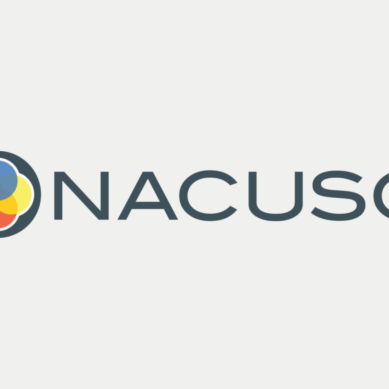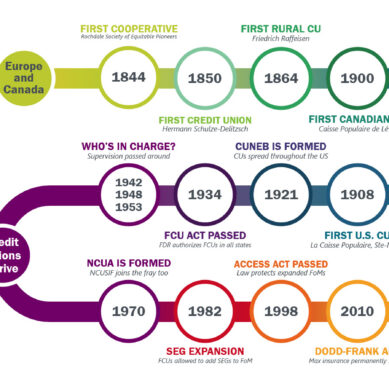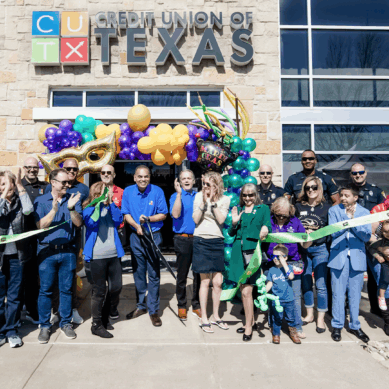Have you ever been to meetings with a lack of structure, focus, or clear objectives? Have you ever been to a meeting where participants aren’t prepared or are not contributing effectively to the conversation? Do you find yourselves attending too many meetings? Do you find your meetings never start or end on time?
With no clear objectives, communication suffers. When communication suffers, the propensity for confusion increases, morale and production decrease, and even employee turnover is at risk. According to Harvard Business Review, 71% of senior managers say that meetings are unproductive and inefficient. With 15% of time devoted to meetings and 71% considered unproductive, it’s clear that something needs to change.
Changing the narrative starts in the meeting room
My favorite author, Patrick Lencioni, says, “Healthy companies are the number one competitive advantage in business.” Lencioni goes on to say that healthy organizations are those that have minimal politics and confusion, improved productivity, high morale, and low turnover. However, you cannot have even one attribute of a healthy company without striving to unify teams.
Unified teams are established when there is respect and trust, when teams collaborate. People are wired for connection, but they are made for unity. I believe that society believes in unity as an idea, not in an ideal. I believe it is time to change the narrative. I believe that one of the most obvious places to start is in the meeting room.
Meetings occur when two or more people gather to make decisions, solve a problem, and innovate. In meetings, relationships are made. Effective meetings reduce politics and confusion and improve productivity. When people leave effective meetings, morale is improved, and when practiced on a consistent basis, turnover reductions in turnover are experienced.
But effective meetings can’t occur on their own. Effective meetings require a formula that creates trust and security so that collaboration can occur. Read on to discover four ways to ensure that your meetings are purposeful and impactful so that people leave inspired to communicate and collaborate long after the meeting is over.
The four Ps of successful meetings
Plan
When you have not planned for success, your meeting will be a failure. You will not be prepared, execute your points effectively, pivot accurately, and you will most definitely not feel like celebrating after your team has walked out the door feeling defeated. With purposeful planning, participants feel invested in the meeting and your goals, engaged in topics at hand, and connected to others. People leave the meeting with a sense of confidence.
The key is to begin with the end in mind.
In other words, in planning for your meeting, ask yourself, “What problem am I trying to solve? Who benefits from solving the problem? What am I asking participants to do?” Will they be brainstorming, are you pitching an idea, or are you asking for approval? Know the outcomes you are looking to achieve and write them down. Analyze your answers and then ask, “Who are the stakeholders I need to invite to the meeting?”
In planning for meetings and events, my favorite question to ask is, “What do you wish for your audience to know, do, or say as a result of your meeting?” Let your answer to this question determine the steps you need to take in your planning stage.
For example, you want your audience to understand that healthy companies are the number one competitive advantage in business. Your plan includes facts, statistics, and examples. Knowing the necessary elements will help you allocate the appropriate amount of time to perform research, gather the necessary white papers, and create the outline for the presentation, ensuring your delivery is clear, consistent, and effective in meeting the goal you set out to meet.
Prepare
Now that you have put your ideas on paper and have started on your agenda, it’s time to prepare for the meeting. Now, you’re probably saying, “Didn’t I do that in the planning stage already?” The difference between planning and preparing is that planning assumes control of your environment, the things you will need to be successful. Defined objectives, purpose, and people. Preparation involves action.
Proper planning assumes that your meeting will go as you see it, instead of as it does. Plan for your meeting by determining the topics of the meeting. Be sure to do your research so that you can defend the points you are making with data. Create the meeting agenda and distribute it along with your notes or whitepapers prior to the meeting. Select people to record the decisions made during the meeting and determine how the notes will be distributed after the meeting.
Preparing for your meeting also respects time. Your time as well as the time of your meeting participants. Imagine their surprise when the meeting starts and ends on time! As a result of all of your preparation, you are communicating that you value the attendees, their experience, and the contributions that they are about to make.
Getting acquainted with your meeting room is also an imperative step in preparing for your meeting or event. Taking your situation for granted is the number one obstacle to success and ensures your meeting is a failure.
Each time you present in any space, take notes about the environment. What type of technology was available for your use? If you require access to the web, is there a strong internet connection? Are there restrictions on the sites you will visit during your presentation? What format does your host require for your presentation slides? How about sound? Does the meeting space require the use of a microphone? Will it be handheld or a lapel mic? What about virtual hosts/attendees? Do you have everything set up to ensure they will be able to see and hear everything, and that those in the room will be able to see and hear them?
Being prepared for your meetings communicates that you are able to act quickly and decisively in a variety of situations. As a result, you are building the trust and confidence of those you are leading. Well-organized meetings increases your chance of success and your team wins.
Pivot
You have heard the quotes, “Prepare for the worst and hope for the best,” and “What can go wrong, will go wrong.” Talk about self-fulfilling prophecies. Remove these wives’ tales from your brain and replace them with one word: pivot! Pivot, as a noun, means the central point on which a mechanism turns. As a verb, to completely change the way one does something.
As important as planning and preparing are, I think the ability to pivot might be at the top of the list of importance. As a matter of fact, plan to pivot. Imagine yourself preparing an amazing keynote presentation for your meeting. You prepared for your presentation by practicing your speech, visiting the meeting area, and testing your audio and visuals. All systems were go. Leaving your scheduled practice session, you felt confident.
Your confident feeling was like knowing you were going to ace your final college exam. You woke up early on meeting day and arrived at the event center only to find that you were unable to use your planned visuals, and the microphone stopped working properly. Each attempt to turn up the speaker resulted in that loud squeal where the entire audience covers their ears and wears the kind of cringe that communicates, “Make it stop!”
There is no choice other than to pivot. All of your planning and preparation paid off. You give your speech without the visuals, and you have fun speaking as though you were that child whose mother is constantly saying, “Quiet down, honey, everyone can hear you just fine!”
Being able to pivot means being proactive and taking steps to ensure that you are ready for whatever may come your way.
Party
You have meetings so that your projects are successful, you desire to inspire people to act, or to brainstorm together, to arrive at decisions together. To be unified. Celebrating wins helps to build positively by rewarding people for their accomplishments and reinforces a great sense of purpose, motivating people to stay motivated to achieve goals. As a result of morale is improved and employees become invested in their careers, reducing turnover.
I believe that meetings are not really about a project or a defined outcome, but are instead about the people who will help you to achieve the desired goal. Plan, prepare, pivot, and party for the purpose of the people. A unified team will be the result every time!
























































